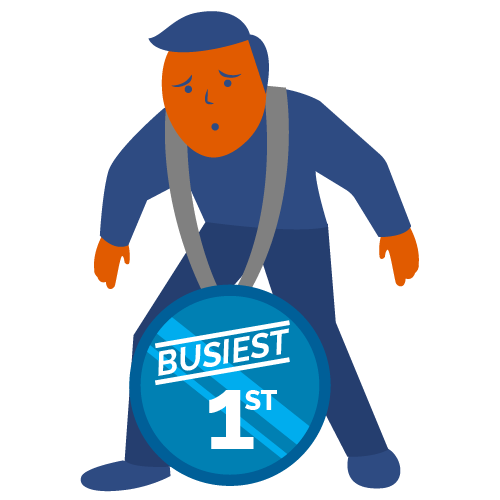This video is the 1st in a series about high impact happiness routines from The Raising Happiness Homestudy. Check out the rest of the Homestudy here.
Exercise may very well be the most effective instant happiness booster of all activities.” –Sonja Lyubomirsky, The How of Happiness
Those who think they have not time for bodily exercise will sooner or later have to find time for illness.” –Edward Stanley
This Week’s Practice: Get enough sleep and/or exercise
Which do you need more of first? Getting more exercise will help you sleep better, and being better rested will give you more energy for physical activity – so the two things are related. But for the next 4-5 weeks, really commit to just one thing. Often, there is a snowball effect; when we work on improving one arena of our lives, other arenas improve, too.
Start small.
- Just add 10 minutes of sleep to your nightly schedule at a time. If you increase your sleep every few days, you’ll really start to feel a huge difference in a week or so.
- Very little physical activity can be effective. Thirty minutes of aerobic exercise 2-3x per week plus some strength training gives older people the biggest cognitive boosts, but just a 20 minute walk everyday also has super powers.
- If all you have is a few minutes for a walk, try to get out into nature, which has proven to be more restorative and happiness-boosting than indoor or urban exercise.
- Walking or exercising near water packs an even bigger punch.
Join the Discussion
- Do you get enough exercise? If so, how do you make it happen? If not, what are the biggest obstacles to your success? Do your kids get enough physical activity?
- Do you feel better when you get 8+ hours of sleep? What are the biggest obstacles for you in terms of making this happen? Are your kids happier when they are getting more sleep?
Suggested Reading This Week
The Dumb Jock Myth
Is Sleep the Most Important Happiness Habit?
![]() If you would like to download the audio version of this video to listen to in your car or on the go, click the link below.
If you would like to download the audio version of this video to listen to in your car or on the go, click the link below.
DOWNLOAD THE AUDIO VERSION HERE.










